But first, some matcha myths:
- "Matcha that doesn't dissolve is low quality."
- FACT: Matcha quality does not impact its ability to dissolve because no matter the grade or quality.. matcha powder doesn't dissolve! Keep reading below to learn why.
- "Matcha clumps in your drink are an indicator of low quality matcha."
- FACT: Large clumps in matcha is actually an indicator of high quality matcha! Read our blog post that goes in-depth around this matcha myth. Want to get rid of matcha clumps? Simply sift your matcha beforehand. Otherwise, large clumps will begin to settle at the base of your cup.
1. You're consuming the whole leaf
...Minus the stems and leaf veins :) Matcha is the most premium variety of shade-grown Japanese green tea leaves that undergo a multi-step process that includes steaming, drying, and removal of stems and veins. The result is "tencha" which is the precursor to matcha. Traditionally, tencha is cold aged for a period of months (sometimes years) and is then slowly stone milled into a fine powder, resulting in the familiar green powder we all love — matcha!
2. What goes up, must come down.

There are two main grades of matcha: Ceremonial and Culinary, which are cultivated and processed for different use cases. Ceremonial Grade Matcha is harvested from the youngest tea leaves and is regarded as the highest quality matcha one can consume. It is stone milled into a fine powder with a particle size of 5-10 microns — resulting in a smooth, talc-like powder (similar to baby powder). This is revered as the highest quality and grade of Japanese matcha typically used for crafting traditional tea and delicious matcha lattes. We're proud to offer our wholesale matcha customers two Ceremonial Grade options: Teahouse Edition Ceremonial and Barista Edition Ceremonial, both of which are favorites of our wholesale partners!
Shop Teahouse Edition Ceremonial Grade Matcha >
Shop Barista Edition Ceremonial Grade Matcha >
Culinary Grade Matcha is harvested from older tea leaves, which results in a larger particle size (approximately 15 microns) once stone milled. There is also a noticeable difference from a textural standpoint; which can be described as "gritty" or coarse. For this reason, Culinary Grade is typically used by our wholesale matcha partners in baking preparations, lattes or smoothies. Shop Culinary Grade Matcha >
Regardless of grade, the particle size of matcha powder is substantial enough that it settles when suspended or incorporated into liquid. What goes up, must come down!
3. Matcha suspends in liquid

Other categories of tea (including green, white, black, oolong, etc.) are essentially infused in hot or cold water. When preparing and enjoying tea, remnants of the tea leaves are typically left behind in the brewing vessel (teapot) or convenient tea bag, while the infusion of tea is what is enjoyed. Tea drinkers are able to enjoy subsequent infusions by preparing the spent tea leaves a second and third time.
Matcha powder, on the other hand, is suspended in liquid when prepared. This is usually done using one of three methodologies, a serving of matcha, and 2 oz of water:
- Traditional Preparation - Where matcha powder is suspended in water using a chasen (bamboo whisk) and prepared in a chawan (tea bowl). Matcha powder is vigorously whisked with the chasen in an M-shaped motion, creating beautiful frothy bowl.
- Modern Preparation - This methodology calls for a handy electric frother and vessel of your choice (like your favorite mug). Simply, pour hot or cold water into the vessel, add matcha, and use the electric frother to incorporate the matcha in seconds!
- Shot Shaker Preparation - Who's ready for matcha shots?! Pour water into a small mason jar, add matcha powder, tightly seal the jar, and vigorously shake for 10-15 seconds. This will create a delicious and frothy matcha shot.

If your customers are slowly enjoying their matcha-based beverage, they may notice that the matcha powder will begin to settle towards the base of their beverage over time (like in the image above). Gently remind them to use a straw to stir or swirl their cup to reincorporate the matcha into the liquid. If this step is overlooked, they may experience an unbalanced beverage. Even worse, if they are using a straw to enjoy your beverage, they'll be met with a mouthful of unincorporated matcha powder which can have a paste-like consistency and stick to the roof of your mouth — not fun.
Now, a matcha recap!
- Unlike other categories of tea, matcha doesn't dissolve or infuse. Instead, it is suspended in liquid when prepared. You are in fact consuming the whole leaf, as opposed to to an infusion of the tea leaves.
- Matcha powder particles range from 10-15 microns (depending on the grade). The particle size of matcha powder is substantial enough that it settles when suspended or incorporated into liquid. What goes up, must come down!
- Regardless of grade or quality, matcha will settle at the base of your cup or mug over time if left untouched. Simply reincorporate your matcha by using a straw to gently stir or swirl your cup.
All about #KnowYourMatcha:
Know Your Matcha is a campaign born out of our desire to share knowledgeable matcha education. We wanted to invite our passionate community of wholesale partners into the conversation; busting many matcha myths and misinformation that currently lives on the web. We hope you and your team find this information helpful. We welcome any questions or comments that may arise. Feel free to drop us a line and let us know what's on your mind. You can reach Robert, our Director of Foodservice at: robert@jadeleaf.com
LEARN MORE
-
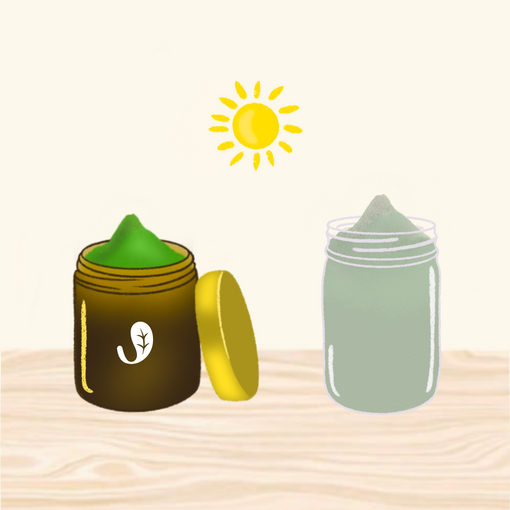
Matcha Oxidizes: Here's Everything You Need to Know
-
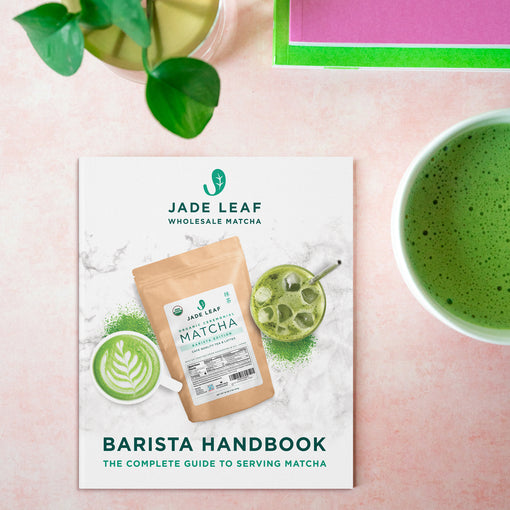
Matcha Barista Handbook
-
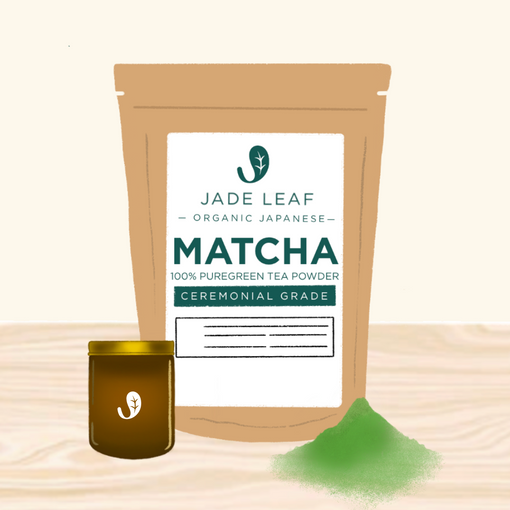
Storage Tips: Serve THE Freshest Matcha
-
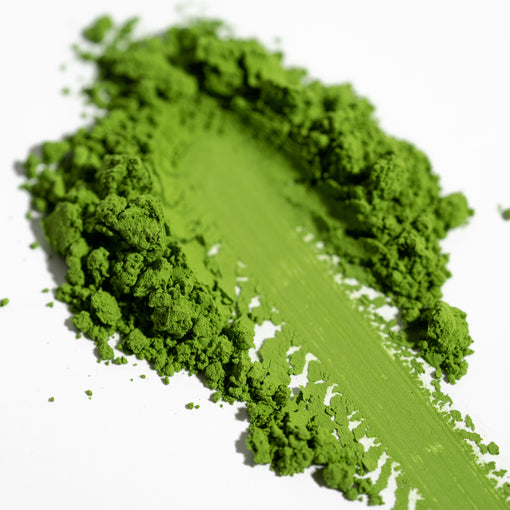
Matcha Clumps Are a Sign of High Quality Matcha
-
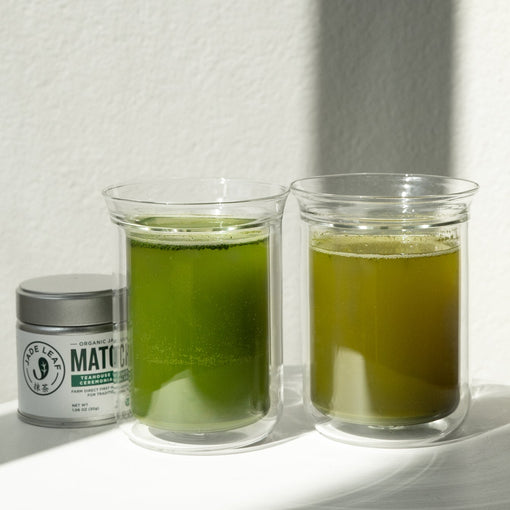
Water Temperature Matters When Brewing Matcha
-
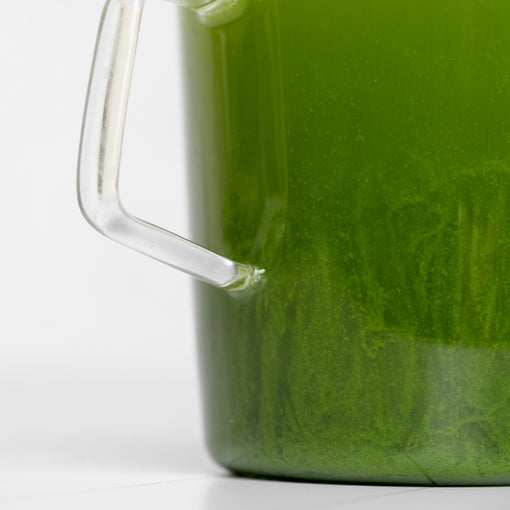
Did You Know Matcha Doesn't Dissolve? Here's Why.
-

Matcha Oxidizes: Here's Everything You Need to Know
-

Matcha Barista Handbook
-

Storage Tips: Serve THE Freshest Matcha
-

Matcha Clumps Are a Sign of High Quality Matcha
-

Water Temperature Matters When Brewing Matcha
-

Did You Know Matcha Doesn't Dissolve? Here's Why.






